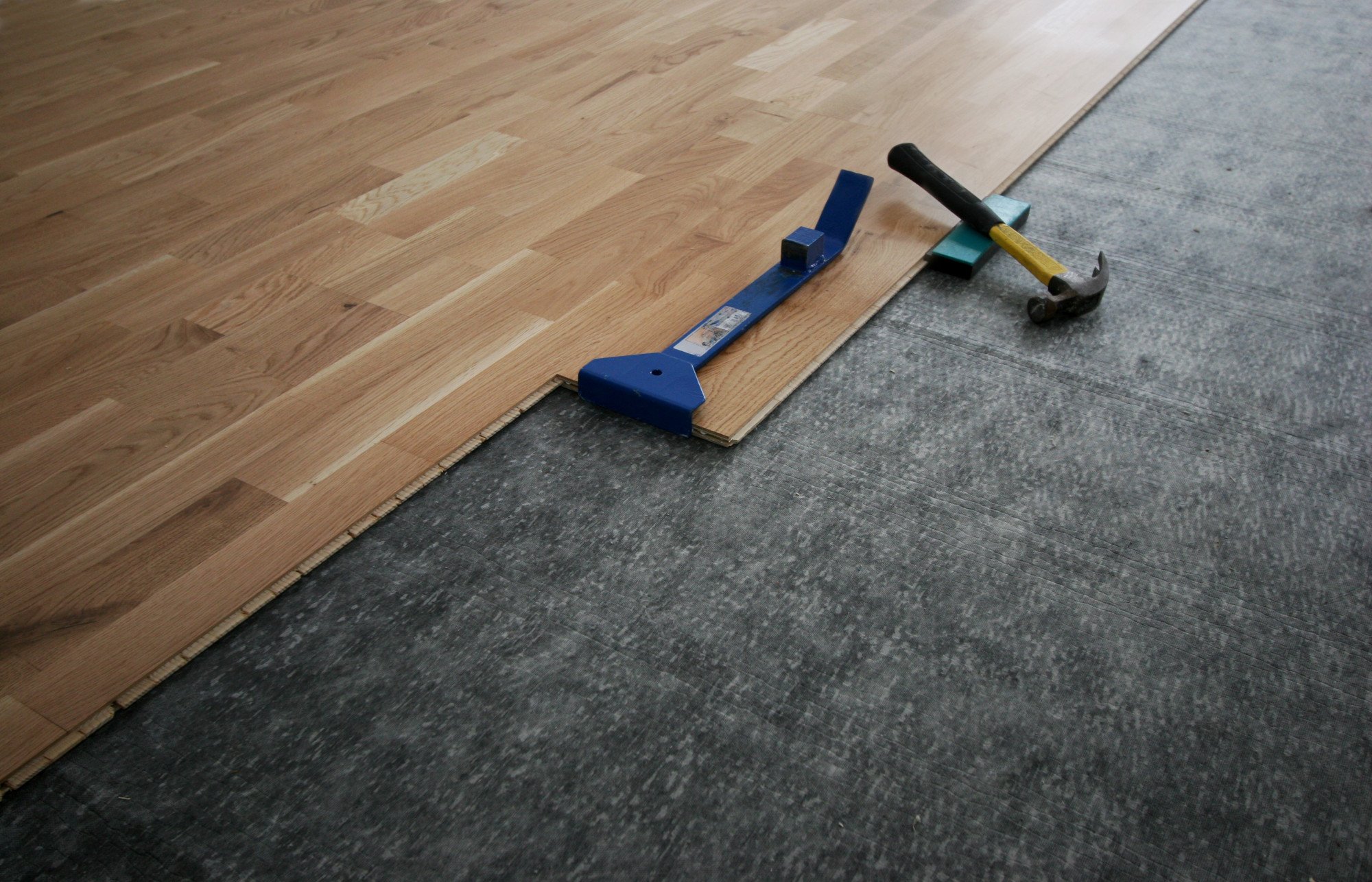Are you tired of walking on your luxury vinyl flooring only to have it lift at the edges? Do you feel like a caustic, edge-lifting floor is letting you down?
Failure to take care of your flooring can make the problem worse. Find out how to prevent a lifted vinyl plank floor so that it doesn’t become an unsightly and dangerous part of your home.
Read on to learn about three common reasons for vinyl plank flooring lifting at the edges.
1. Moisture and Humidity
Vinyl plank flooring is designed to be water-resistant, but it’s not entirely impervious to moisture. When moisture infiltrates the seams and reaches the adhesive layer beneath the planks or the subfloor, it can undermine the flooring’s stability. In areas where humidity levels are consistently high, such as bathrooms and kitchens, the risk of this issue intensifies.
The presence of moisture can cause the adhesive to weaken, leading to the vinyl floors’ warping or lifting of the edges of the vinyl planks. This compromises the aesthetics of your flooring.
It also poses safety hazards, creating uneven surfaces that may trip people. It can also allow more moisture to seep in, potentially leading to further damage or mold growth.
To mitigate this problem, it’s essential to maintain an appropriate indoor humidity level. If necessary, properly prepare the subfloor with moisture barriers and proactively prevent water spills or leaks that could seep beneath the flooring.
2. Improper Installation
When vinyl plank floors are not installed correctly, several problems can arise. It leads to gaps and edges that curl or lift over time. These issues can undermine the flooring’s stability and visual appeal.
One common installation mistake is failing to lock the planks together securely during installation. If there are gaps or loose seams between the planks, they can create weak points where edges are prone to lifting. This is true, especially under the pressure of regular foot traffic or the weight of furniture.
Inadequate subfloor preparation can lead to this problem. Failing to level the surface or neglecting to use appropriate adhesives or underlayment is one of the causes.
It’s crucial to follow the manufacturer’s installation guidelines to prevent these issues. This includes steps like acclimating the flooring to the room’s conditions and ensuring a level and clean subfloor. You can also seek professional services for flooring installation in Dallas, TX.
3. Temperature Fluctuations
Extreme heat or cold can cause the material to expand or contract. This leads to the edges lifting. In areas with direct sunlight exposure, like sunrooms or rooms with large windows, vinyl plank flooring can heat up significantly. This direct sun exposure causes it to expand and push against walls or obstacles.
The material may contract in colder climates, creating gaps along the edges. To minimize this issue, maintain a stable indoor temperature. Also, consider using expansion joints or transition strips in larger rooms.
Prevent Vinyl Plank Flooring Lifting at the Edges Today
In conclusion, vinyl plank flooring can offer many benefits, such as durability and easy installation. However, it is important to address and prevent the common issue of vinyl plank flooring lifting at the edges. Y
ou can ensure long-lasting and smooth vinyl flooring by understanding the causes, proper installation techniques, and regular maintenance.
Take the necessary steps today to prevent vinyl problems leading to costly repairs and enjoy a beautiful and functional space. Act now and secure a reliable and hassle-free flooring experience for years to come!
If you enjoyed this article, make sure that you explore our website to find more articles just like this one!


